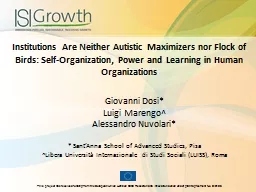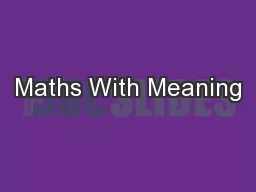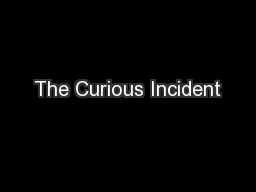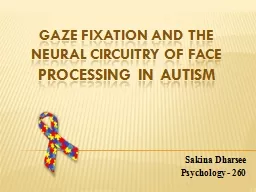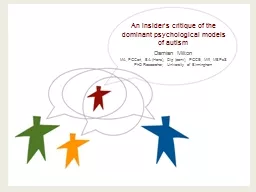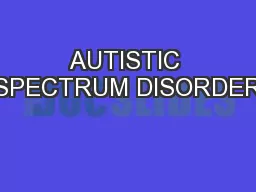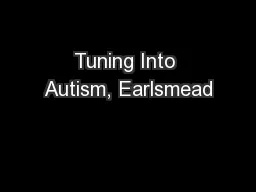PPT-Institutions Are Neither Autistic Maximizers nor Flock of B
Author : pasty-toler | Published Date : 2017-05-09
This project has received funding from the European Union Horizon 2020 Research and Innovation action under grant agreement No 649186 Giovanni Dosi Luigi Marengo
Presentation Embed Code
Download Presentation
Download Presentation The PPT/PDF document "Institutions Are Neither Autistic Maximi..." is the property of its rightful owner. Permission is granted to download and print the materials on this website for personal, non-commercial use only, and to display it on your personal computer provided you do not modify the materials and that you retain all copyright notices contained in the materials. By downloading content from our website, you accept the terms of this agreement.
Institutions Are Neither Autistic Maximizers nor Flock of B: Transcript
Download Rules Of Document
"Institutions Are Neither Autistic Maximizers nor Flock of B"The content belongs to its owner. You may download and print it for personal use, without modification, and keep all copyright notices. By downloading, you agree to these terms.
Related Documents

